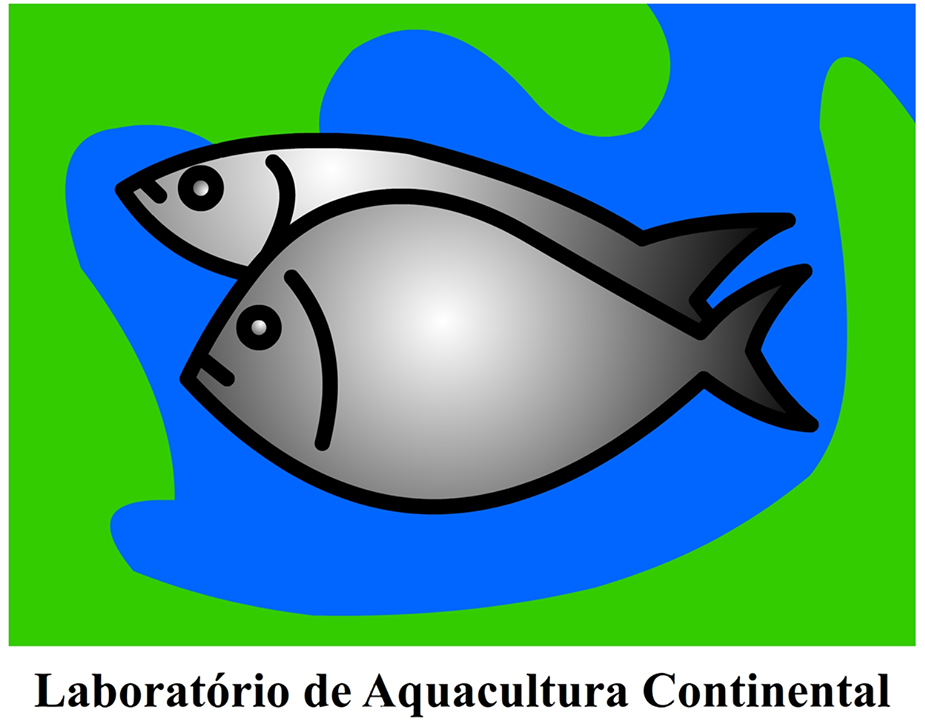Continental Aquaculture Laboratory
Responsible: Dr Luciano de Oliveira Garcia
Telephone: (53) 3237-3003 ou 3237-3004
Facebook: https://www.facebook.com/LACFURG/
GoogleMaps: https://goo.gl/maps/mHBSocoavR5a5MPj9

1. Purpose of the Laboratory
The Laboratory aims to cover continental aquaculture working mainly with native Brazilian species. In addition, it aims to improve cultivation techniques, taking into account the parameters of water quality, blood biochemistry and enzyme and zootechnical performance. It also aims at training personnel at the undergraduate, master's and doctoral levels. Currently the target species for study in the laboratory is pacu Piaractus mesopotamicus .
1.1. Areas related to LAC training
- Biological Sciences
- Animal Science
-Agricultural Sciences
- Fisheries Engineering
- Technologist in Aquaculture
- Oceanography
- Veterinary Medicine
- Related areas
2. Laboratory characteristics
2.1 Facilities:
The Continental Aquaculture Laboratory (LAC), presents a building with 3 rooms for experimentation with fish (vertebrates). The laboratory is linked to the Postgraduate Program in Aquaculture, from the Oceanography Institute of the Federal University of Rio Grande (FURG).
The LAC presents 3 rooms for animal experimentation in works developed by the laboratory. It also has the following facilities: 1 room for analysis of water quality parameters, 1 room with equipment for carrying out different analysis and collection procedures; 1 room with freezer for storing residues (animal carcass) from the experiments, in addition to other residues generated during the experiment (needles, syringes, gloves, blades, among others).
2.2 Description of the LAC infrastructure
Room 01 (Experimentation Room): features 5 water recirculation systems, that is, 15 water tanks of 310 L, each equipped with a biological and mechanical filter, air conditioning, aeration system, lighting controller timmer, supply of fresh water.
Room 02 (Experimentation Room): presents 9 water recirculation systems, that is 27 water tanks of 100 L, each equipped with biological and mechanical filter, air conditioning, aeration system, lighting controllers timmer, supply of fresh water.
Room 03 (Quarantine and / or Experimentation Room): features 4 water recirculation systems, that is 12 water tanks of 310 L, each equipped with a biological and mechanical filter, air conditioning, aeration system, timer controllers lighting, fresh water supply.
Other equipment such as automatic pH controller, automatic water coolers (chillers), heaters, luminous intensity controllers (dimmers), which are used according to the type of experimentation in the different experimental rooms.
Room 4 (Collection room): has chairs, tables, counter with sink, concrete bench to accommodate precision analytical balance, semi-analytical balance, vortex solution shaker, bench centrifuge, refrigerated bench centrifuge, microhematocrit centrifuge, liquid nitrogen storage cylinder, magnifying glass, greenhouse, vacuum pump, aeration system, air conditioning, fresh water supply, heating plate with heating, water bath, UV-visible spectrophotometer, cabinet, portable oximeter, bench and portable pH meter , portable refractometer, glucose meter, glassware and reagents.
Room 5 (Room for water quality analysis and general analysis): with refrigerator, cabinets, chairs, concrete benches with sink, counter, microcomputers, spectrophotometer, water distiller, own distilled water storage drum, various pipettes, agitator magnetic, burette holder, freezer, various materials (tips, microtubes, reading plates, cassettes, cuvettes ...).
Room 6 (waste storage): features an air conditioner, a vertical and a horizontal freezer, a refrigerator, overhead cabinets, cupboard and a concrete bench with sink.
Room 7 (glassware, washing and drying room for materials): it has 2 cabinets that serve to store different types of glassware, 2 balconies that serve to store different types of materials, a concrete bench with sink, a greenhouse.
In addition, the laboratory has a complete structure to receive students interns from other institutions or even from FURG.
